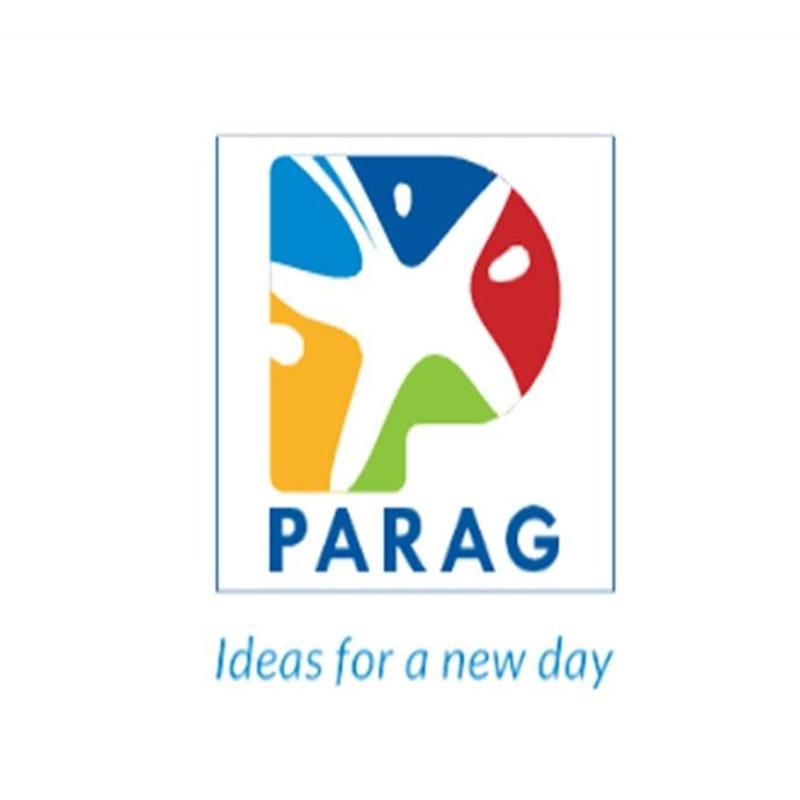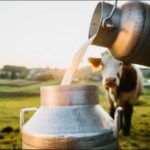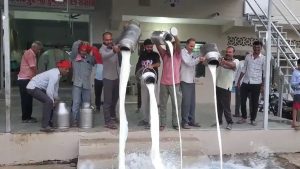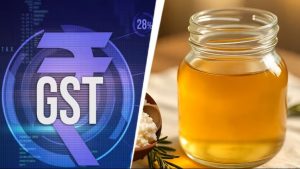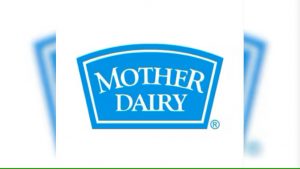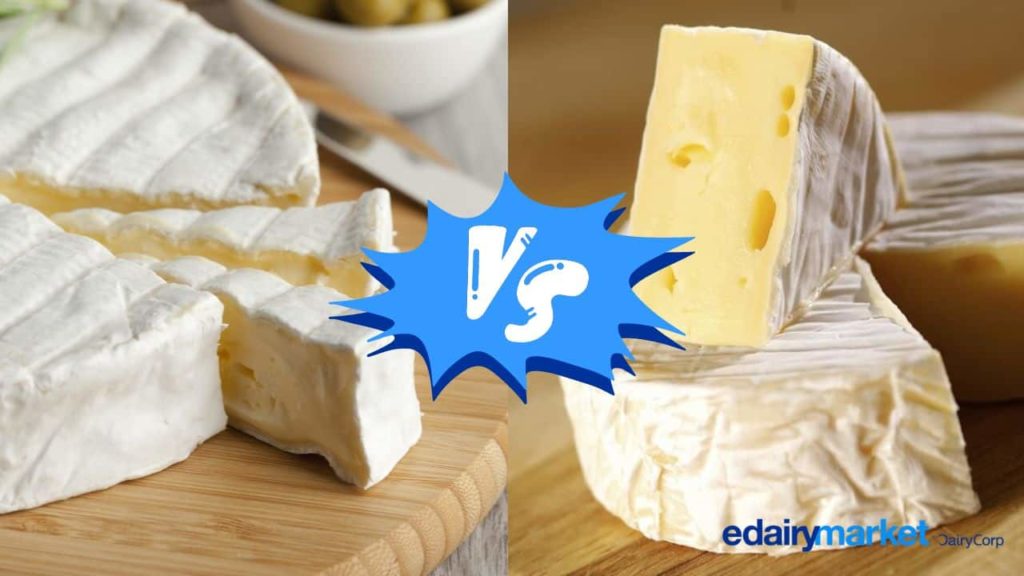
The campaign kicks off across multiple consumer touch-points, such as television, out-of-home, digital, and experiential activations. It is an attempt to convey the mutual feeling of pride felt by millions of customers, farmers, and the Parag Milk family.
Following this partnership, whenever a contestant on the hot seat reaches the second “Padaav” of the game, i.e., wins a minimum of Rs 3.20 lakh, they will also attain the prize of yearly supplies of Gowardhan Ghee.
Host Amitabh Bachchan will mention “Gauravshali Uphar,” which adds to the contestants’ achievements. This association is a step towards celebrating the brand’s purity while embracing its glorious years in the market.
Commenting on the collaboration, Parag Milk Foods senior vice president strategy, sales, and marketing Akshali Shah said, “Associating with Kaun Banega Crorepati is a logical extension of our brand and product category Gowardhan ghee, as traditionally ghee has been considered a brain tonic for memory enhancement. It is said to promote all three aspects of mental functioning-learning, memory, and recall—which are essential to performing well on the hot seat. We are also very thrilled with this association as the legendary Amitabh Bachchanji serves as the host. His charming personality and humility bring an unwavering fanfare to this game show. It has a successful track record of reaching a captive audience, delivering stupendous results, and garnering favourable reviews across India. The mention of “aapko milta hai Gowardhan Ghee ki taraf se Gauravshali uphar” by Amitabh Bachchan ji has enormous appeal and would aid in extending our pride in #GARVSEGOWARDHAN to the next level.”
